- -10%
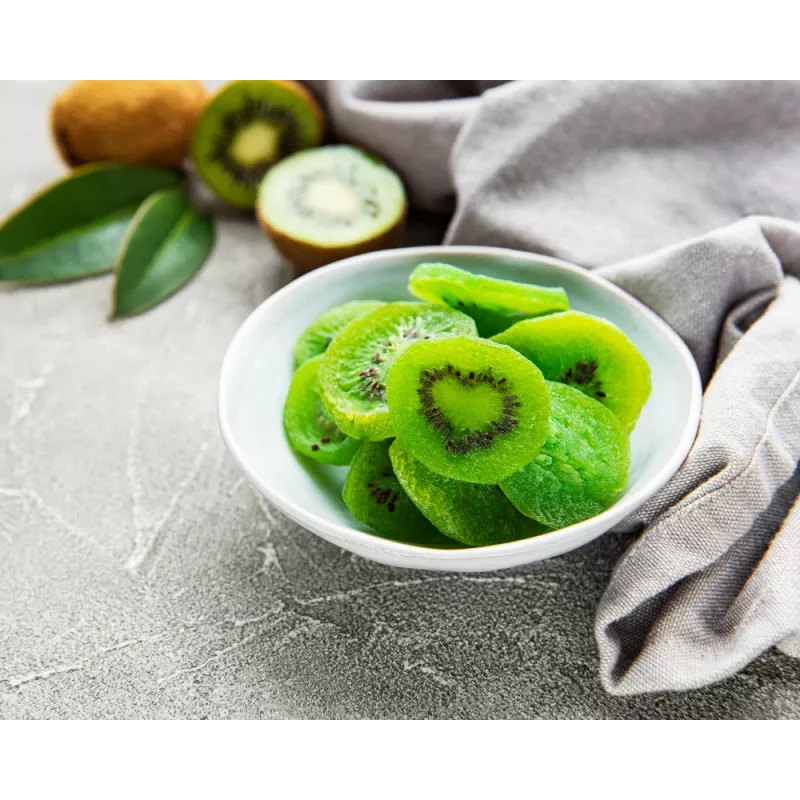
10% off sitewide at HECOSFAIR until November 3, 2025 — Celebrate Halloween with indulgence and frightfully sweet prices.
Free delivery for mainland France from 50€, from 99€ for Europe & from 199€ for countries outside Europe.











.jpg)
Our delicious EPV candied kiwis from France will seduce you with their pretty green color and their slightly tangy sweet flavor.
They are grown in France and processed by craftsmen with the EPV (Living Heritage Company) label.
Kiwi fruit is low in calories and rich in vitamins, especially vitamin C.
It is full of minerals such as calcium and iron.
It strengthens the immune system and helps fight stress and fatigue.
This makes it the ideal fruit to spend the winter away from colds.
Our EPV candied kiwis from France can be eaten plain, in mueslis and will sublimate your pastries.
They flavor and add a tangy note to teas and infusions.
They are sold in a recyclable kraft zipped bag.
 Once the package has been opened, we advise you to keep the product in a cool, dry place, away from light and humidity, so that it retains all its nutritional and taste qualities.
Once the package has been opened, we advise you to keep the product in a cool, dry place, away from light and humidity, so that it retains all its nutritional and taste qualities.
 This product does not contain any allergens, however it may contain traces (eggs, soy, sulphur, nuts, etc.).
This product does not contain any allergens, however it may contain traces (eggs, soy, sulphur, nuts, etc.).
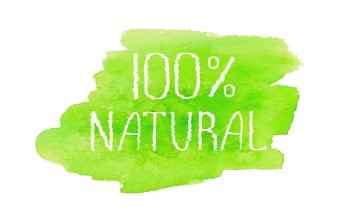


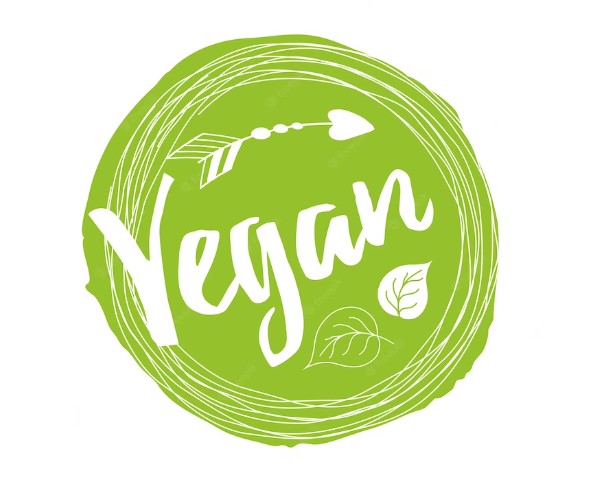




100% secure payment with PayPal & PayPlug – cards & 4x installments

Free delivery from €50 in France, €99 in Europe & €199 worldwide

Returns within 14 days (under certain conditions)
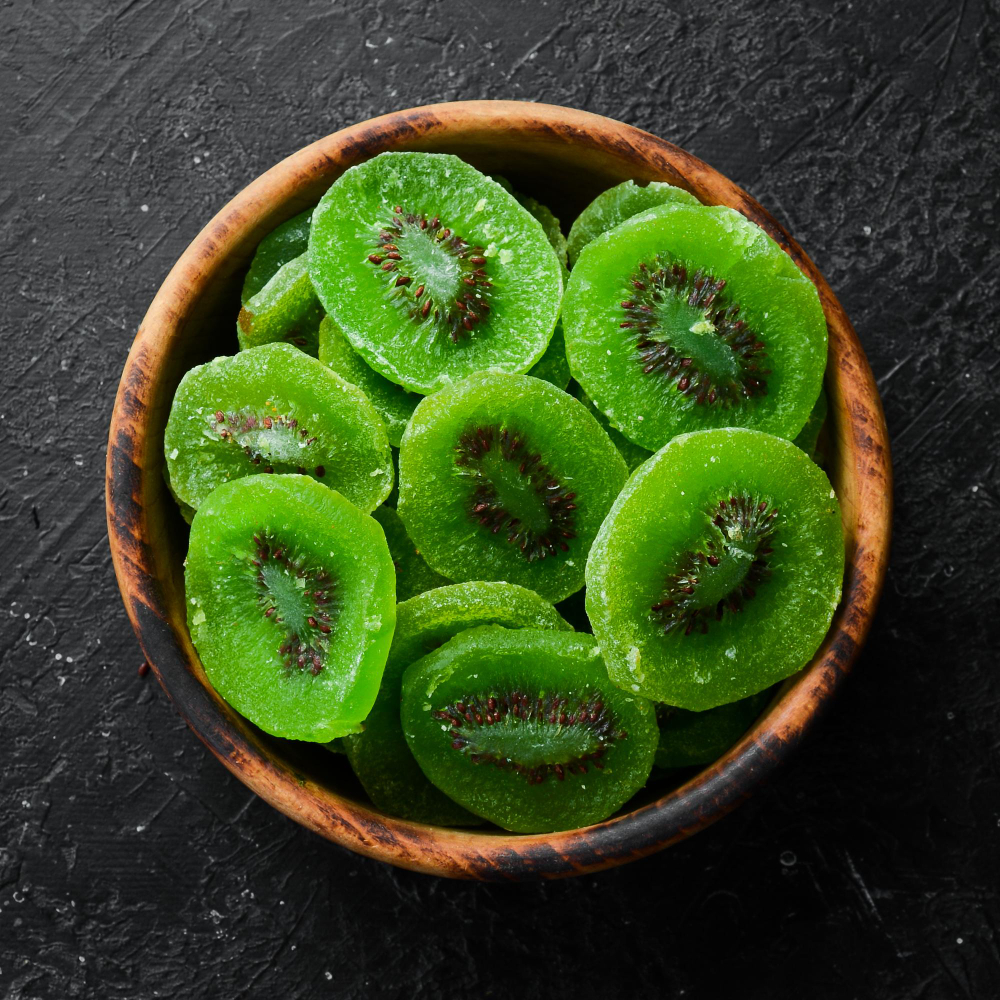
Ingredients:
French kiwi, glucose-fructose syrup, citric acid.
Attention !
Contains sulfites.
Nutritional value per 100g:
Energy 310 Kcal /1310 kJ
Fat < 0.5g
of which saturated fatty acids 0.2g
carbohydrates: 76g
of which sugars 48g
fiber 1.5g
1g protein
salt < 0.1g
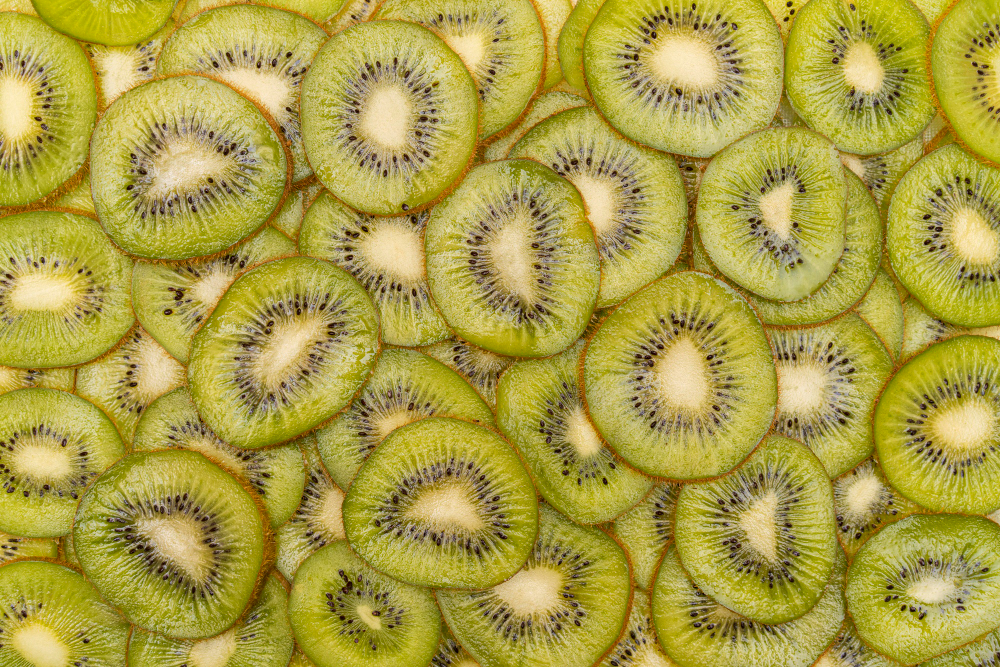
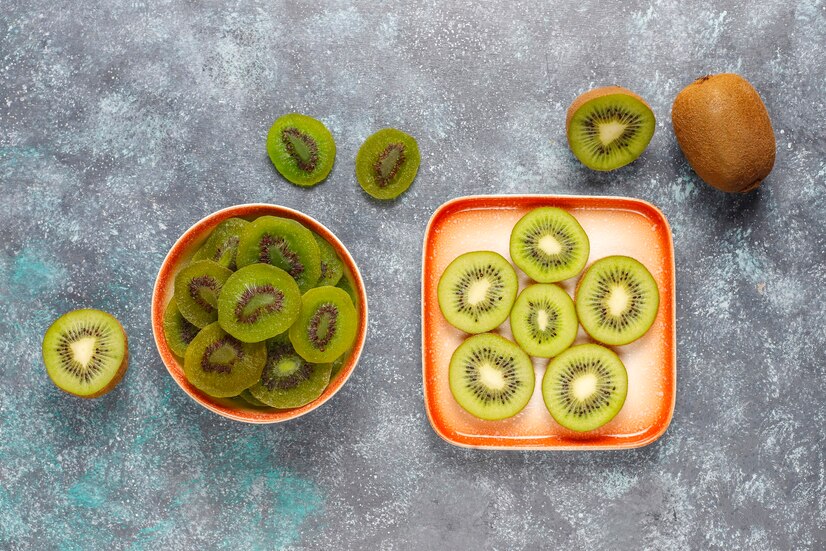
Origins and little stories
The Chinese gooseberry or Actinidia Deliciosa has only been known as the kiwi for about 40 years. This name by which we now know this fruit, comes from New Zealanders, who were the first to select, cultivate and market the fruits of this vine of Chinese origin.
The original homeland of the kiwi is indeed the Yang-Tse Valley: Actinidia chinensis or Yang Tao in Chinese, which was first described around 1750 by a French Jesuit, Pierre Nicolas Le Chéron d'Incarville, on a mission. in China.
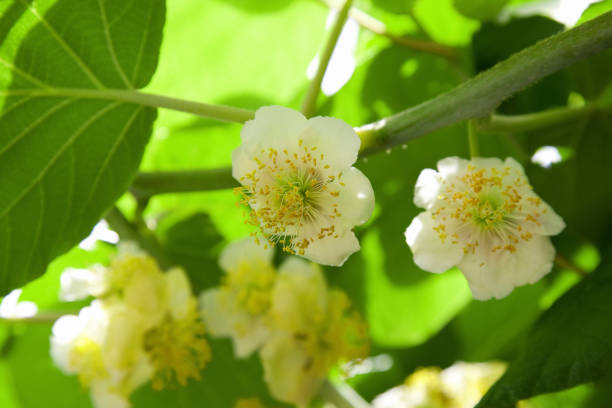
Some specimens of this plant were acclimatized at the end of the 19th century in European botanical gardens. But no one cared about these fruits.
In fact, in 1847, the Englishman Robert Fortune was commissioned by the Royal Horticultural Society to ship dried leaves and flowers of Actinidia from China. It was the French botanist Jules Emiles Planchon who, after studying these specimens, gave them this name because the female flower evoked the spokes of a wheel.
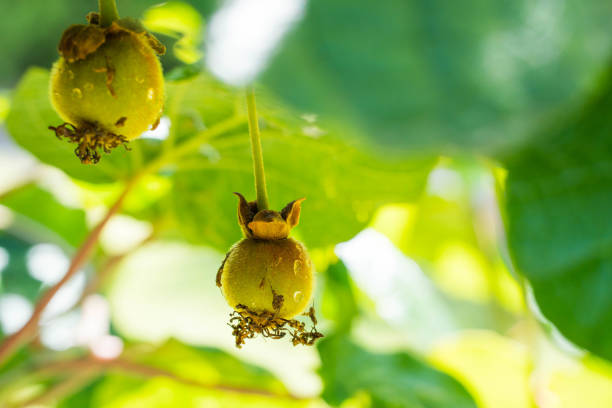
It was not until the mid-twentieth century that the kiwi began to be cultivated intensively, first in New Zealand, then in various countries: France (4th largest producer in the world, particularly known for its Adour kiwi and 2nd European producer after Italy), USA, Japan, Italy, Turkey, Chile, Greece ...
Indeed, in 1899, Ernest Henry Wilson brought back other specimens, which resulted in the fruit being sometimes nicknamed "Wilson's gooseberry". They produced in Europe fruits no bigger than nuts, as the nurserymen of the Veitch company reported in 1904, even if there were indeed fruits in China the size of a large plum, as attested to it. Augustine Henry in 1903.
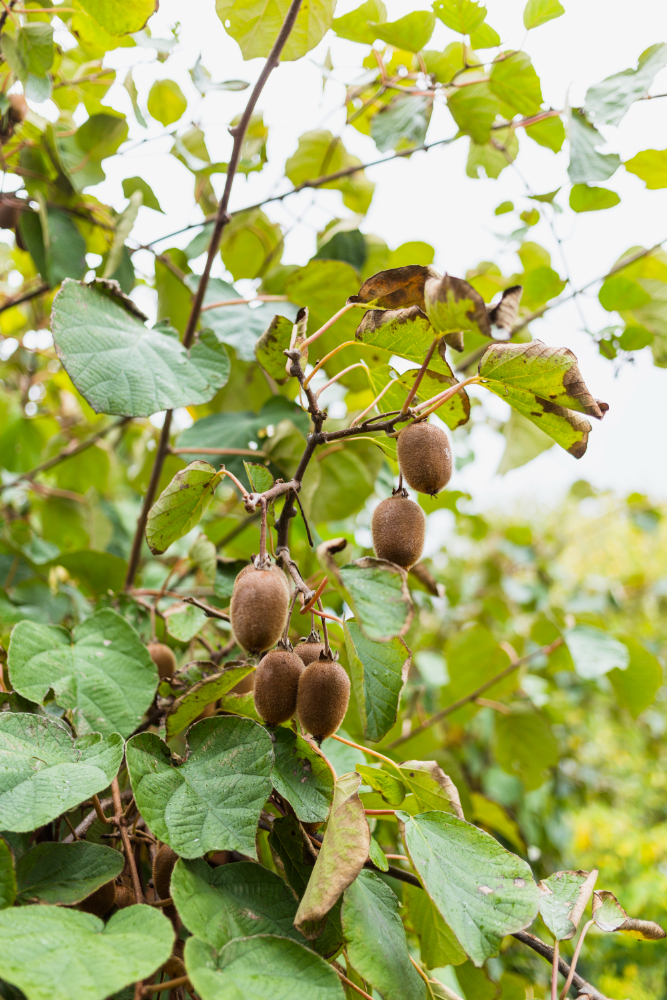
Plants were imported into the United States in the late 19th century and New Zealand in 1904.
At that time, the plant was mainly sought after for ornamental purposes.
In France, since 1917, it has been called Chinese gooseberry, because of its taste reminiscent of that of large mackerel.
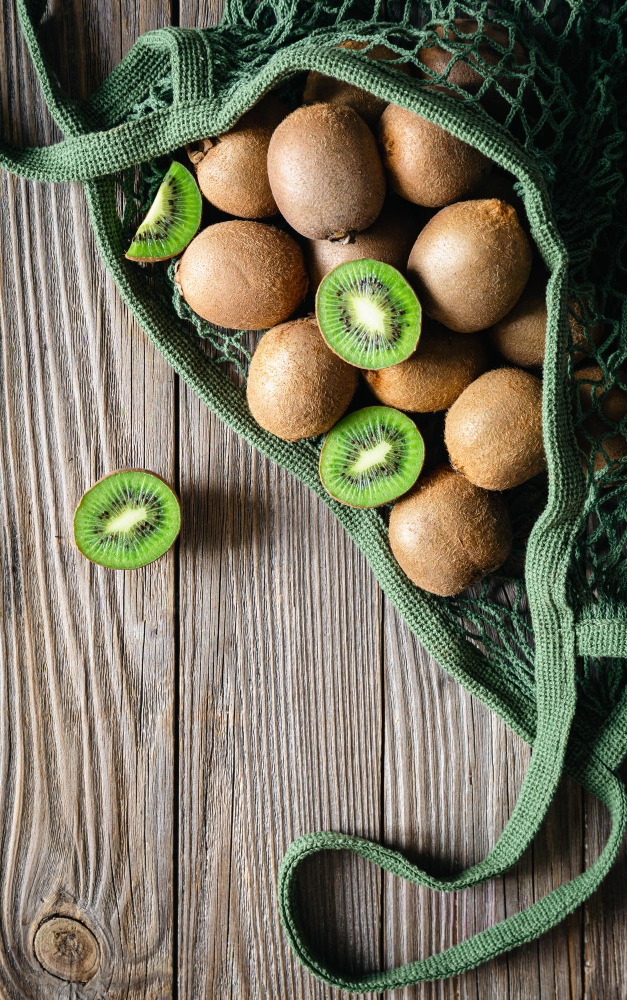
New Zealander Alexander Allison planted seeds at home brought back from Yichang by Isabel Fraser in 1904. The plants bore their first fruits around 1910, the start of an industry that would prove to be important for the country.
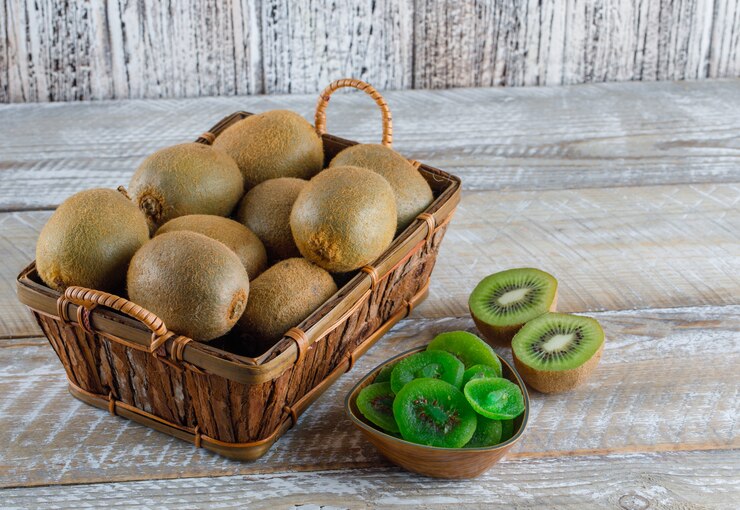
The kiwi is ideal to enjoy, fresh or dried, as a dessert, plain, or with sweet condiments. It should be chosen with a supple skin but not too soft. Better to take them too hard on the market: they ripen quickly at room temperature and can be kept for ten days without difficulty (and longer in the refrigerator in an open container). To ripen them gently, put them in a basket with apples. The release of ethylene due to ripening apples ripens the kiwi.
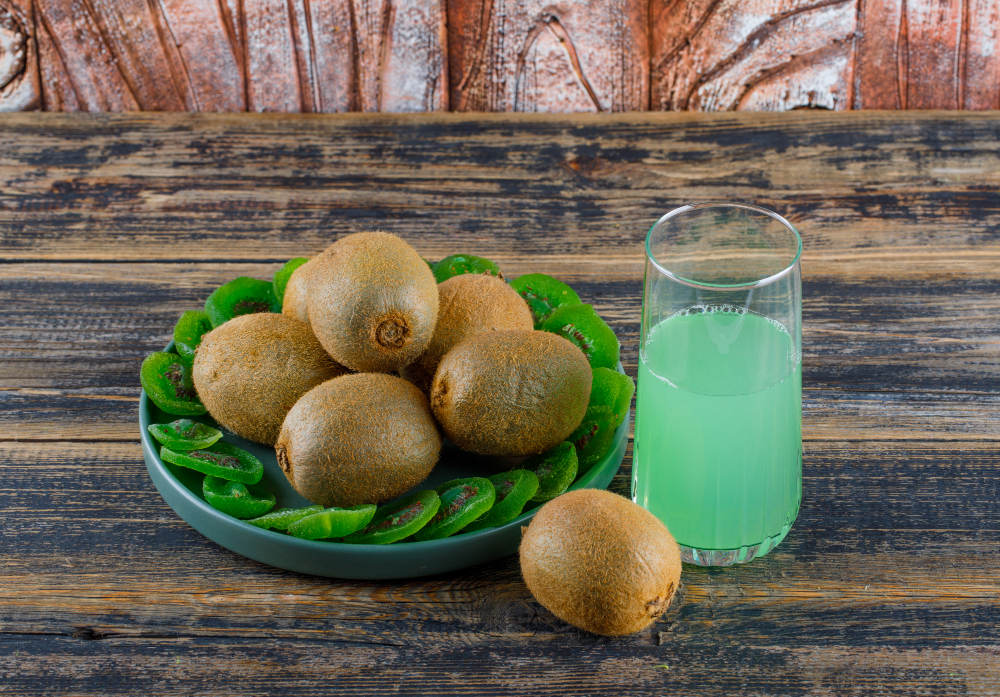
In cooking, be careful about the use of kiwis: they prevent gelatin from setting. In addition, kiwi fruit are among the foods that can cause oral allergies (especially oral cross syndrome).
The vitamin intake of kiwifruit is dominated by vitamin C, which reaches a remarkable level of 80 mg per 100 g. This is an average, some kiwifruit can add up to 100 or 130 mg or more. This level remains stable over time: in kiwi fruit, vitamin C is well protected by the skin of the fruit (which acts as a barrier against oxygen in the air) and by the presence of organic acids.
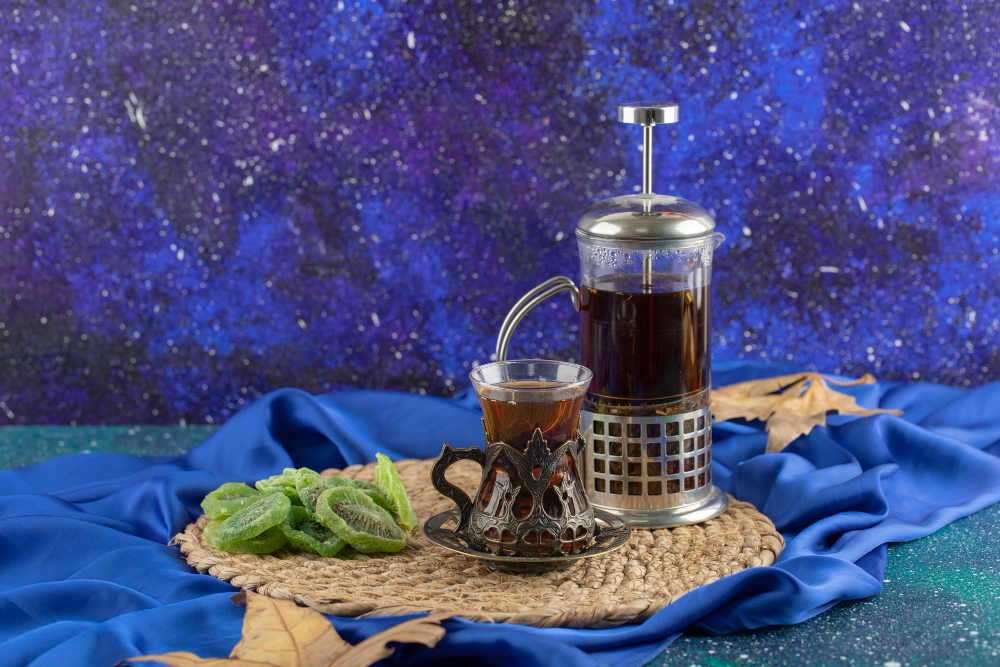
The kiwi also provides an appreciable amount of vitamin E: 3 mg per 100 g. This intake is high, and unusual, since most of the foods which are good sources of vitamin E are rich in fats (vegetable oils, certain oil seeds, avocado, etc.). But it is likely that a good fraction of the vitamin E of kiwifruit is concentrated in its small edible seeds, themselves very rich in lipids.
The kiwi provides a little provitamin A (0.05 mg per 100 g), and a wide range of vitamins from the B group, in particular vitamin B6 or pyridoxine (which plays an important role in the synthesis of neurotransmitters) , and vitamin B9 or folic acid (anti-anemic).
Kiwifruit contains various minerals (in total, more than 700 mg per 100 g). It is one of the fruits well endowed with potassium (nearly 300 mg per 100 g). Its potassium density (potassium content per 100 kcalories) is very high, it is greater than 600 mg / 100 kcalories: the kiwi thus surpasses the banana (430 mg of potassium / 100 kcalories), however renowned in this regard. The levels of calcium (27 mg per 100 g) and magnesium (17 mg) are relatively high. Many trace elements are present, including iron (0.4 mg per 100 g), copper (0.14 mg), zinc (0.12 mg) and manganese (0.10 mg).
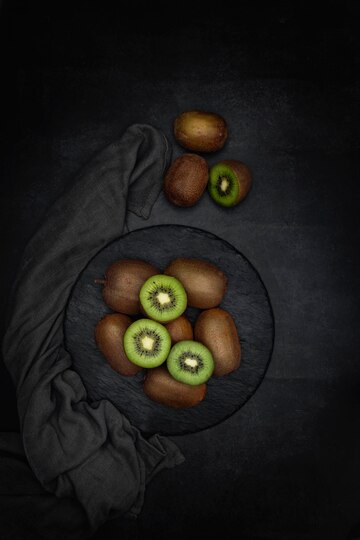
The fibers of the kiwi are abundant (2.5 g per 100 g) and well distributed between the insoluble fibers (cellulose, hemi-celluloses) which represent about 2/3 of the total, and the soluble fibers (pectins) for the rest. They effectively and gently stimulate intestinal function.
Kiwifruit contains a specific enzyme: actinidin. This enzyme is a protease, capable (like papain from papaya, ficin from fig or bromelain from pineapple) of breaking down proteins into smaller molecules. It is inactivated by heat, and the action of gastric juice.
The kiwi has the particularity of being very insensitive to diseases, and repelling attacks by insects and other undesirable predators. The precise causes of this natural resistance are still unknown. It is possible that the outer skin of the fruit (with its small hairs) constitutes an effective protection, and that the very composition of the kiwi (in particular the presence of organic acids and enzymes) provides it with a capacity for self-defense. ”Original.
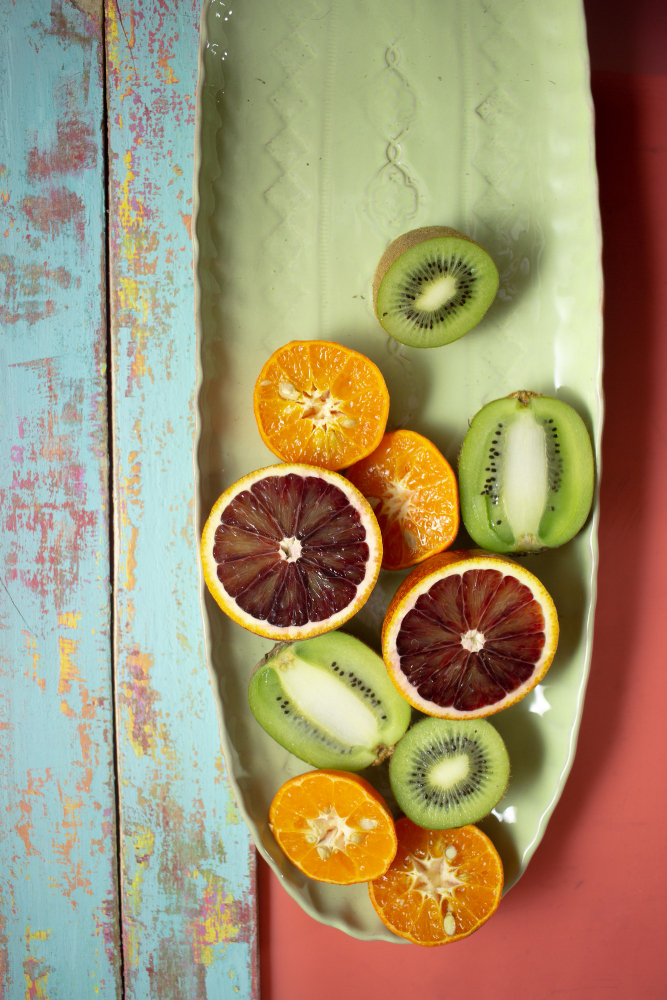
Vegan banana kiwi smoothie recipe:
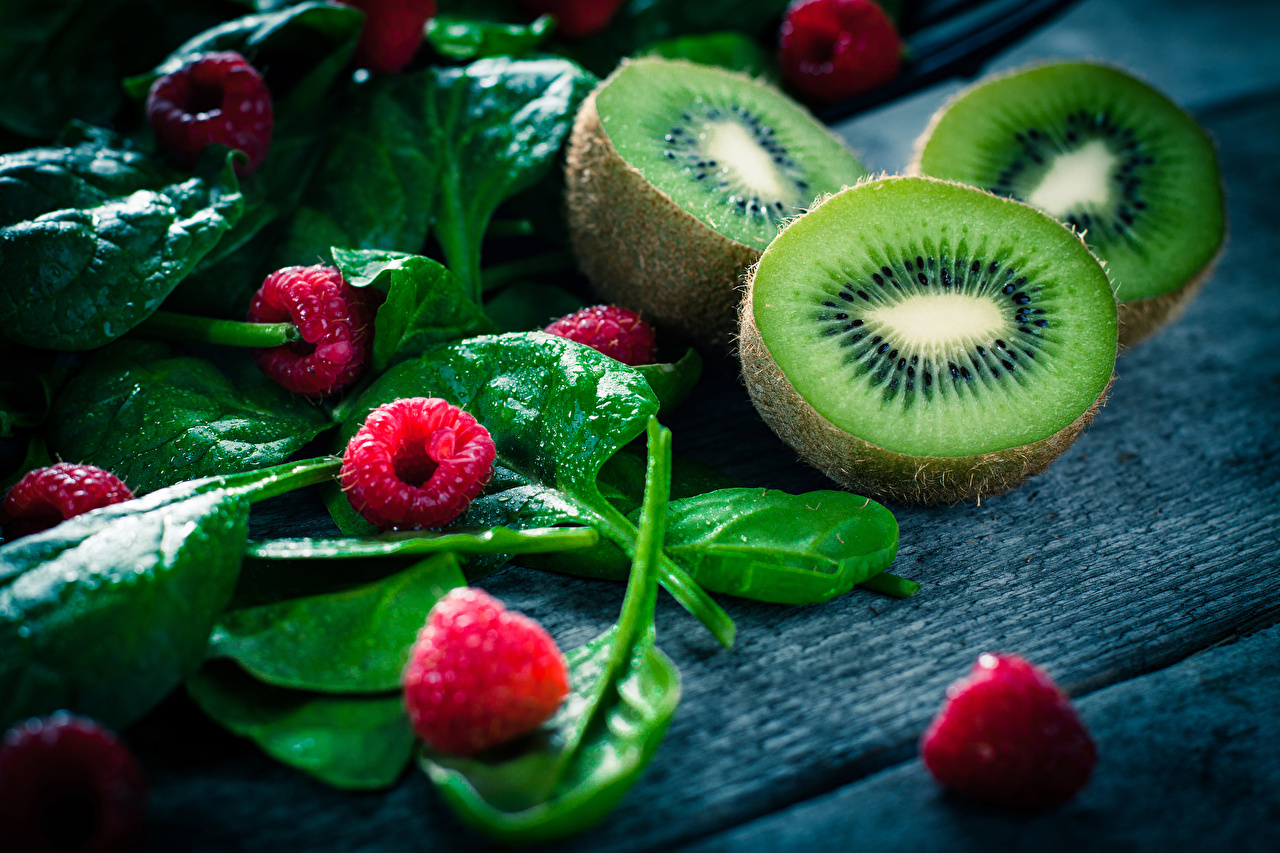
Cut the fruits and mix them with the other ingredients. Before mixing your mixture, add a few mint leaves, so the taste will be more spicy. Additionally, arrange a mint leaf or two on top of the drink once in the glass.

Vegan coconut kiwi smoothie recipe
Place all the ingredients cut into small cubes in the bowl of a blender, coconut water first. Blend until you obtain a smoothie.
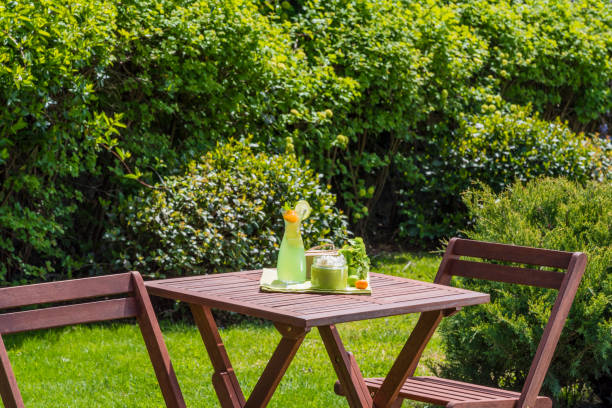
Vegan recipe for kiwi salad, avocado, citrus fruits, young shoots and rice
Preparation: 15 minutes
Cooking: 12 minutes (depending on the type of rice)
For 4 people
For the sauce:
Instructions:
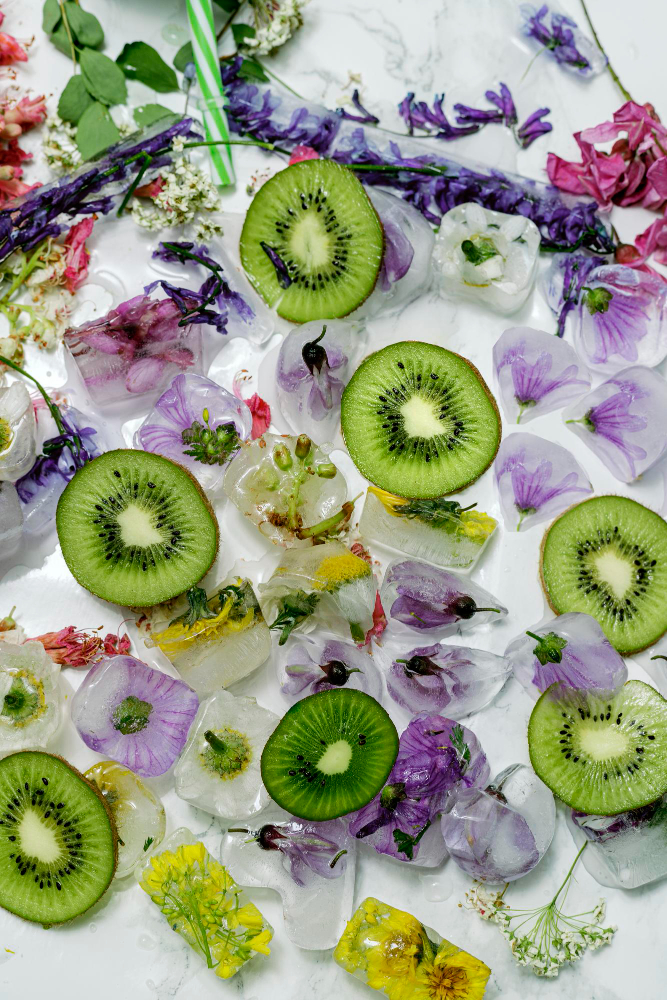
Kiwi rum cocktail recipe
In decoration:
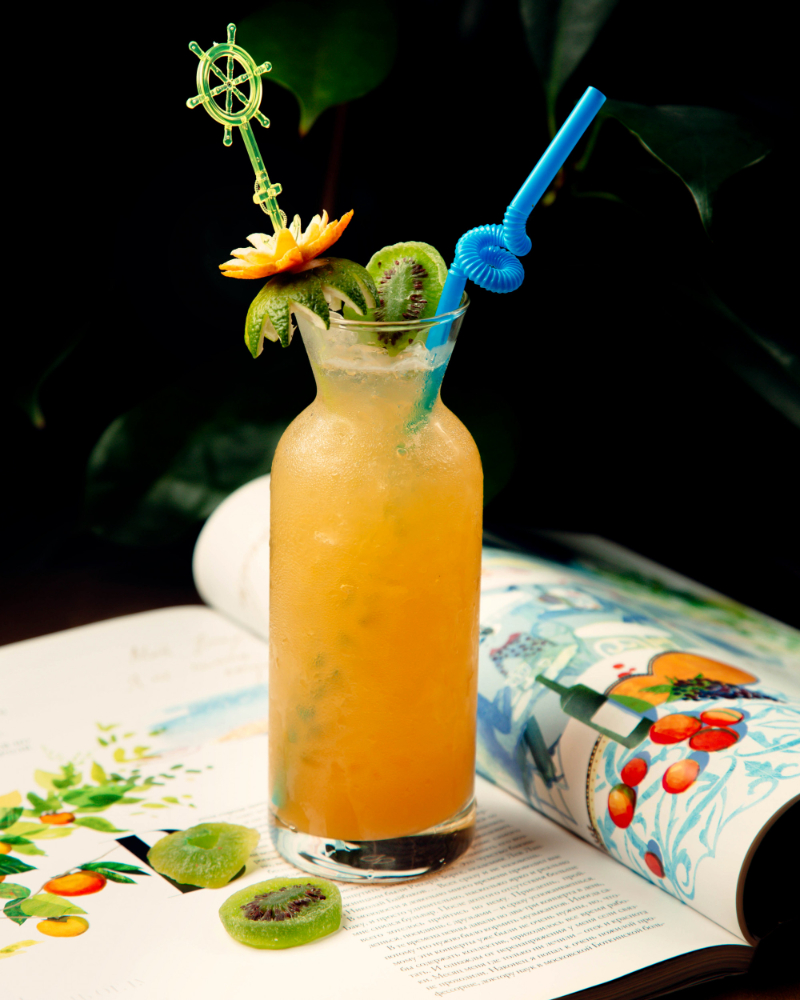
Organic kiwi flavored water slimming recipe
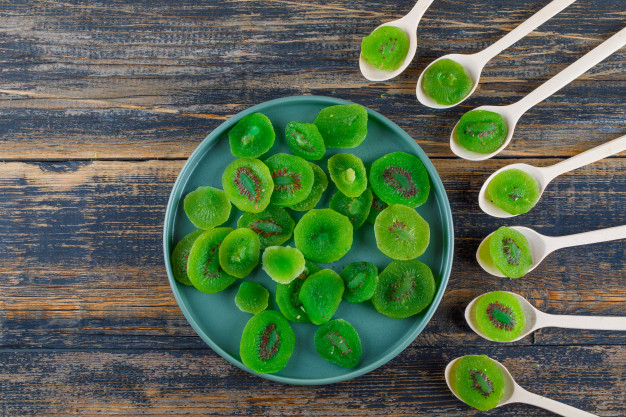
An Ali-baba cave of organic and vegan recipes
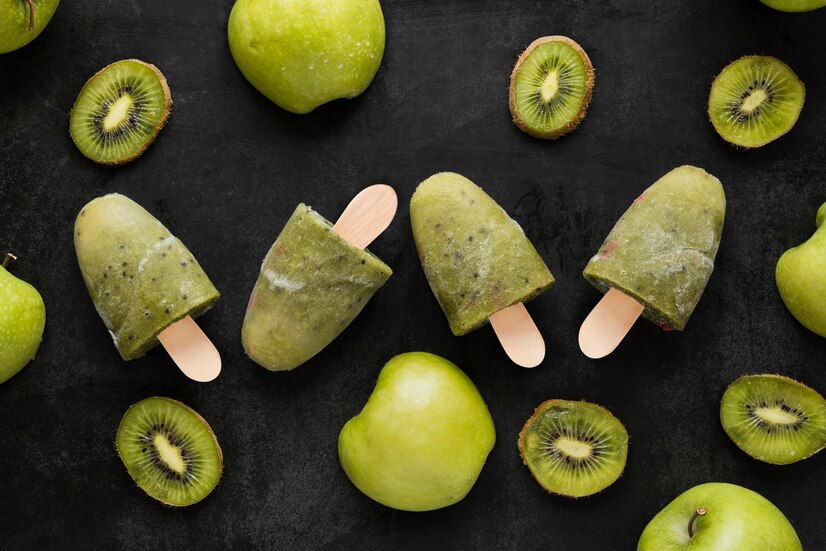
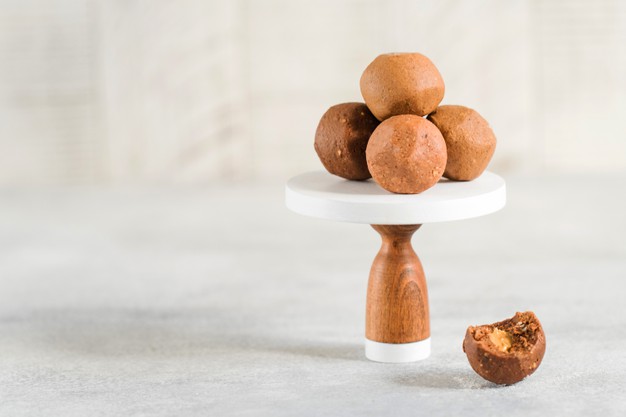
Let yourself be tempted by our whole chestnuts glazed with natural and vegan chocolate, the result of ancestral artisanal expertise.
Crafted in Provence by a French master confectioner recognized by Gault & Millau and the Guide des Gourmands, they embody tradition, precision, and genuine indulgence.
Each chestnut, handpicked with care, is candied under tulle before being delicately glazed with sugar using a unique method.
Slowly confited, then coated in premium chocolate, they reveal a melt-in-the-mouth texture enhanced by a subtle touch of Bourbon vanilla.
Every natural ingredient is rigorously selected for its quality, and each marron glacé is individually wrapped to preserve its freshness and exquisite softness.
Presented in an elegant, minimalist box, our chocolate-glazed chestnuts are perfect to gift or to enjoy for a moment of pure pleasure.
HECOSFAIR sources directly from the artisan to ensure the freshness and authenticity of every product.
🌡️ We recommend storing the product in a cool, dry place (between 4°C and 8°C), away from light and humidity, to preserve all its taste and nutritional qualities.
⚠️ Do not consume in case of allergy to nuts or soy.






Let yourself be seduced by the sweet and delicately tangy flavor of our natural candied pineapple from Spain.
It is grown and picked when ripe by committed producers in Thailand.
Then it is processed and candied by passionate artisans in Spain.
Pineapple is known for its diuretic properties.
It is said to improve blood circulation and aid digestion thanks to its fibers and enzymes.
It can be enjoyed like a candy and/or will enhance all your dishes, from aperitifs to desserts as well as your drinks, especially for the end-of-year celebrations, with its aromas and exotic notes.
It is sold in a recyclable zipped kraft bag.
 Once the package has been opened, we advise you to keep the product in a cool, dry place, away from light and humidity, so that it retains all its nutritional and taste qualities.
Once the package has been opened, we advise you to keep the product in a cool, dry place, away from light and humidity, so that it retains all its nutritional and taste qualities.
 This product does not contain any allergens, however it may contain traces (eggs, soy, sulphur, nuts, etc.).
This product does not contain any allergens, however it may contain traces (eggs, soy, sulphur, nuts, etc.).

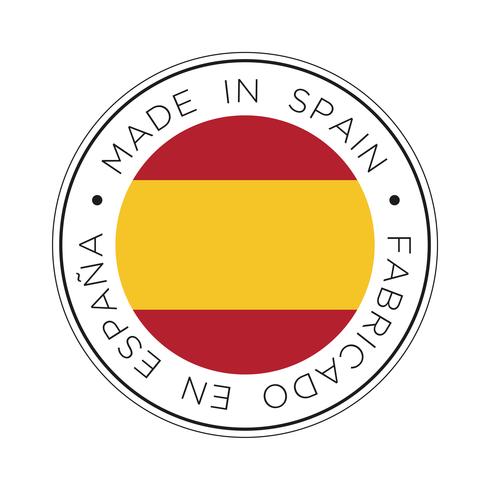




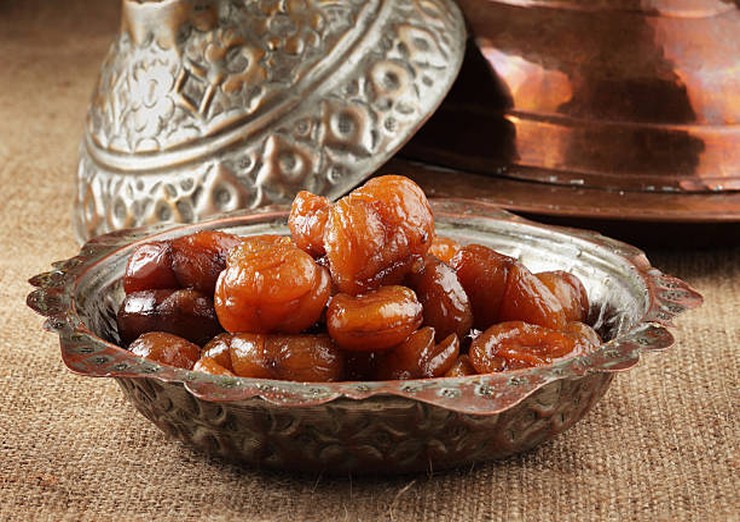
Let yourself be enchanted by our whole rum-glazed chestnuts, the result of ancestral artisanal expertise.
Crafted in Provence by a French master confectioner, recognized by Gault & Millau and Le Guide des Gourmands, these delicacies embody tradition, precision, and authentic pleasure.
Each chestnut, hand-picked at harvest, is first gently candied under tulle before being delicately glazed with sugar according to a unique, time-honored method.
During the preparation, a fine rum is added to the candying syrup, in which the chestnuts slowly rest for several months.
This patient six-month maceration gives them subtle, deep aromas, revealing the full richness of the fruit and the refined character of the spirit.
Slowly candied and then glazed, they offer a melting texture enhanced by a delicate touch of Bourbon vanilla.
Every ingredient is carefully selected for its quality, and each glazed chestnut is individually wrapped to preserve its freshness and tenderness.
Presented in an elegant, minimalist box, our rum-glazed chestnuts are perfect for gifting or savoring in a moment of pure indulgence.
HECOSFAIR works directly with the artisan to ensure the freshness and authenticity of every product.
🌡️ Store in a cool, dry place (between 4°C and 8°C), away from light and humidity, to preserve its full flavour and quality.
⚠️ Contains alcohol. Not suitable for children, pregnant women, or individuals allergic to nuts or soy.
🚫 Excessive alcohol consumption is harmful to health. Consume responsibly.





![]()
![]()

Let yourself be charmed by the HECOSFAIR Signature Gift Box of artisanal glazed chestnuts, an invitation to discover four expressions of excellence — creations born from the mastery of exceptional French artisans.
This exquisite collection brings together:
✨ 2 Cognac Glazed Chestnuts – handcrafted in Provence by a French master confectioner recognised by Gault & Millau and Le Guide des Gourmands, combining the delicacy of candied chestnuts with the deep, refined aromas of Cognac.
✨ 2 Rum Glazed Chestnuts – crafted in Provence by the same distinguished artisan, the result of a slow candying and maceration process revealing warm, spicy notes enhanced by a touch of Bourbon vanilla.
✨ 2 Vegan & Natural Chocolate Glazed Chestnuts – handcrafted in Provence by the same artisan, marrying the richness of cocoa with the smooth sweetness of candied chestnuts in an elegant, gourmet creation with no compromise on natural purity.
✨ 2 Poire Williams Glazed Chestnuts – chestnuts hand-harvested in Naples, then glazed in Provence by a French house founded in 1864, offering fruity and floral notes of rare delicacy.
Each chestnut is slowly candied under muslin, delicately glazed and individually wrapped by hand to preserve its tenderness and freshness.
Presented in a HECOSFAIR Signature Box, elegant and refined, these glazed chestnuts embody the very essence of fine French confectionery — a perfect balance of craftsmanship, authenticity and sensory delight.
HECOSFAIR carefully selects and works directly with its artisan partners to ensure full traceability, freshness and authenticity in every creation.
An exceptional creation to savour slowly or to offer — for a moment of pure refinement.
🌡️ Store in a cool, dry place (between 4°C and 8°C), away from light and humidity, to preserve its full flavour and quality.
⚠️ Contains alcohol. Not suitable for children, pregnant women, or individuals allergic to nuts or soy.
🚫 Excessive alcohol consumption is harmful to health. Consume responsibly.





![]()
![]()
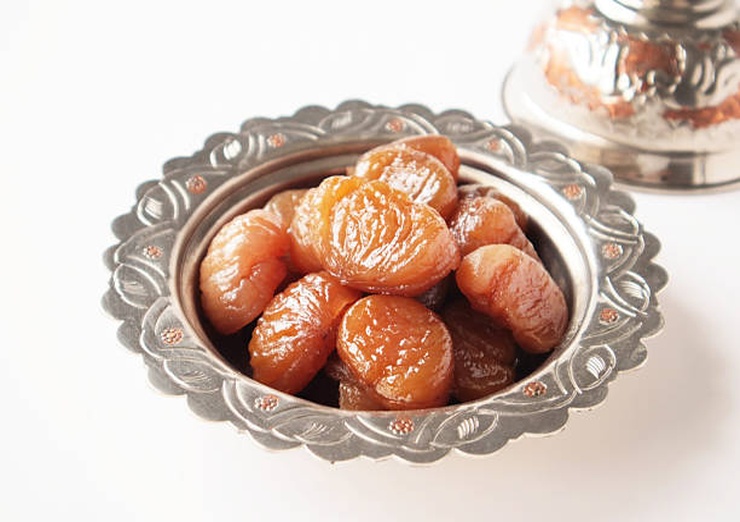
Let yourself be seduced by our whole candied chestnuts with Williams Pear — an exquisite harmony between the sweetness of the Italian fruit and the refinement of French craftsmanship.
Handcrafted in Provence by a French maison combining tradition, precision and authentic pleasure since 1864, these chestnuts embody the natural elegance of fine confectionery.
Harvested by hand in Naples, Italy, the chestnuts are carefully candied under muslin before being delicately glazed with sugar using a unique ancestral method.
During preparation, Williams Pear is subtly infused into the candied syrup, in which the chestnuts rest slowly for several months.
This patient maceration, lasting around six months, imparts delicate fruity and floral aromas, revealing both the finesse of the pear and the richness of the chestnut.
Slowly candied and then glazed, they offer a melt-in-the-mouth texture enhanced by a hint of Bourbon vanilla.
Each ingredient is carefully selected for its quality, and every candied chestnut is individually wrapped to preserve its freshness and tenderness.
Presented in an elegant, refined box, our Williams Pear candied chestnuts are a true invitation to indulgence — perfect for gifting or savoring in a moment of pure pleasure.
HECOSFAIR sources directly from the artisan to guarantee the freshness, traceability and authenticity of every product.
🌡️ Store in a cool, dry place (between 4°C and 8°C), away from light and humidity, to preserve its full flavour and quality.
⚠️ Contains alcohol. Not suitable for children, pregnant women, or individuals allergic to nuts or soy.
🚫 Excessive alcohol consumption is harmful to health. Consume responsibly.





![]()
![]()
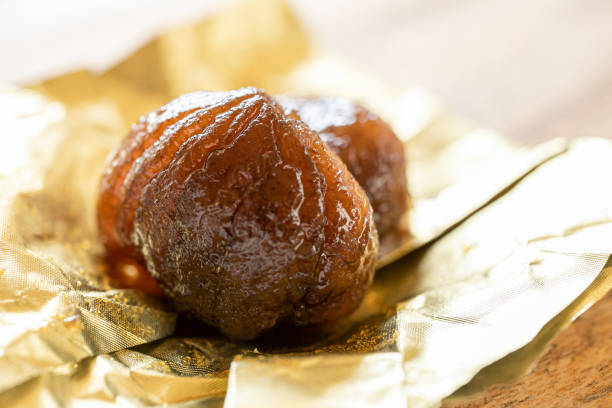
Let yourself be enchanted by our whole Cognac-glazed chestnuts, the result of an ancestral artisanal savoir-faire.
Handcrafted in Provence by a French master confectioner, recognized by Gault & Millau and Le Guide des Gourmands, they embody tradition, precision, and authentic indulgence.
The chestnuts, hand-harvested in the heart of Provence, are first candied under tulle before being delicately glazed with sugar using a time-honoured technique.
During this process, Cognac is added to the confit syrup, in which the chestnuts are left to rest slowly for several months.
This patient maceration — lasting around six months — infuses each chestnut with deep, subtle aromas, revealing the perfect harmony between the fruit’s sweetness and the finesse of the spirit.
Gently candied and glazed, they offer a soft, melting texture enhanced by a delicate touch of Bourbon vanilla.
Each ingredient is carefully selected for its superior quality, and every chestnut is individually wrapped to preserve its freshness and tenderness.
Presented in an elegant, minimalist box, our Cognac-glazed chestnuts make a refined gift or a delicate treat to savour.
HECOSFAIR sources directly from the artisan to ensure the freshness and authenticity of every creation.
🌡️ Store in a cool, dry place (between 4°C and 8°C), away from light and humidity, to preserve its full flavour and quality.
⚠️ Contains alcohol. Not suitable for children, pregnant women, or individuals allergic to nuts or soy.
🚫 Excessive alcohol consumption is harmful to health. Consume responsibly.





![]()
![]()
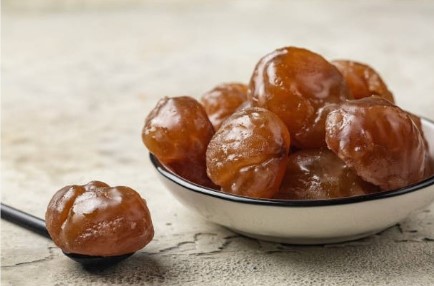
Our whole organic AOP Ardèche candied chestnut is an excellent candied fruit, essential to French gastronomy.
Made using artisanal know-how, it is not very sweet, creamy to the core and coated with a thin, translucent glaze. A subtle note of Bourbon vanilla enhances it.
The chestnuts are collected and sorted by hand in Ardèche, France.
They benefit from the prestigious AOP label, protected designation of origin, a European label which guarantees its provenance.
They also benefit from the prestigious AOC label, appellation d'origine contrôlée, a French label which guarantees its terroir at the national level.
They are candied under tulle then delicately glazed with sugar using unique ancestral know-how.
The best organic ingredients are rigorously selected for their exceptional quality in order to offer you an unforgettable tasting.
It is sold in an elegant golden box.
It is a product from organic farming.
 Once the package has been opened, we advise you to keep the product in a cool, dry place, away from light and humidity, so that it retains all its nutritional and taste qualities.
Once the package has been opened, we advise you to keep the product in a cool, dry place, away from light and humidity, so that it retains all its nutritional and taste qualities.
 Do not consume this product in case of allergy to shelled fruits and oilseeds (nuts).
Do not consume this product in case of allergy to shelled fruits and oilseeds (nuts).

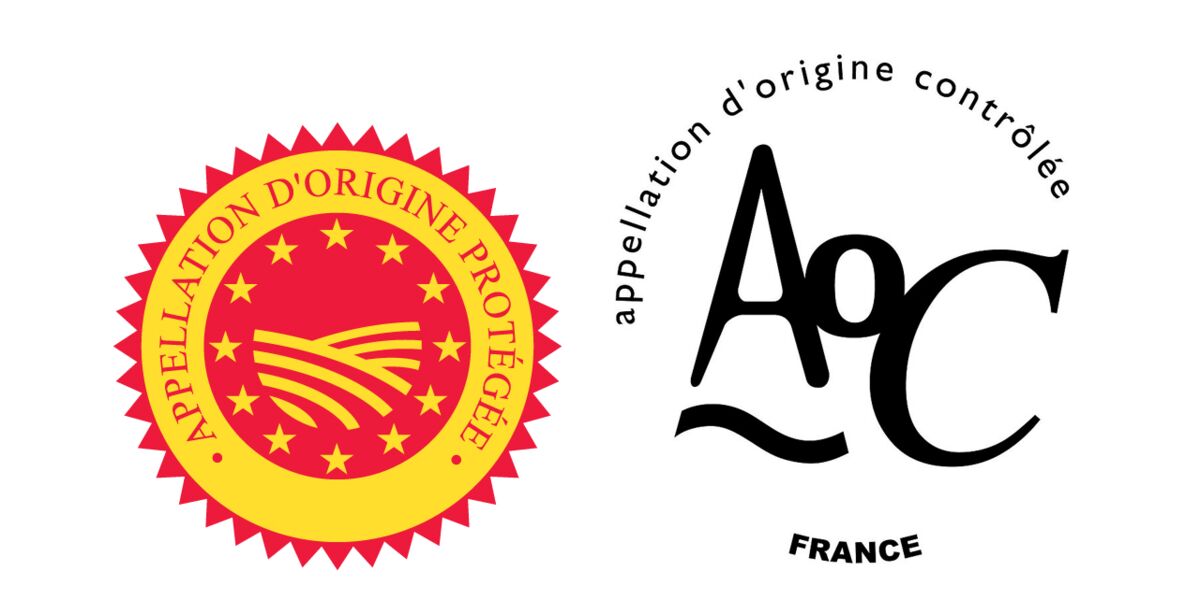




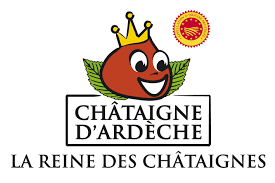
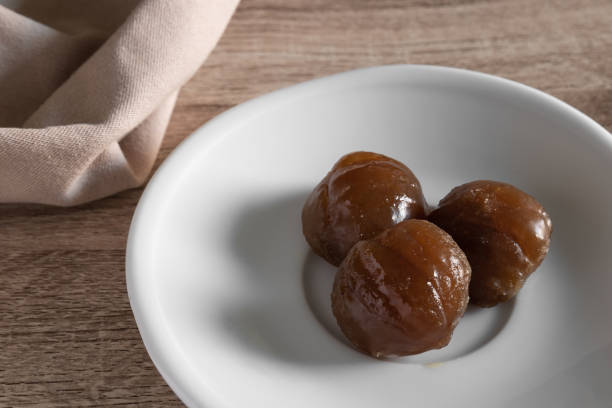
Indulge in the refined sweetness of our artisan glazed chestnuts, crafted with ancestral savoir-faire and French gourmet tradition.
Handmade in Provence by a master confectioner recognized by Gault & Millau and the Guide des Gourmands, these glazed chestnuts embody the perfect harmony of authenticity, precision, and natural indulgence.
Each chestnut, carefully hand-picked, is candied under fine tulle before being delicately glazed with sugar following a time-honored artisanal method.
Slowly confited, they reveal a tender, melt-in-the-mouth texture, enhanced by a subtle note of Bourbon vanilla.
Every natural ingredient is rigorously selected for its quality, and each glazed chestnut is individually wrapped to preserve its freshness and softness.
Presented in an elegant, minimalist box, they make a perfect gift or a refined treat to savor on any occasion.
HECOSFAIR sources directly from the artisan, ensuring freshness, traceability, and authenticity in every creation.
🌡️ We recommend storing the product in a cool, dry place (between 4°C and 8°C), away from light and humidity, to preserve all its taste and nutritional qualities.
⚠️ Do not consume in case of allergy to nuts or soy.




